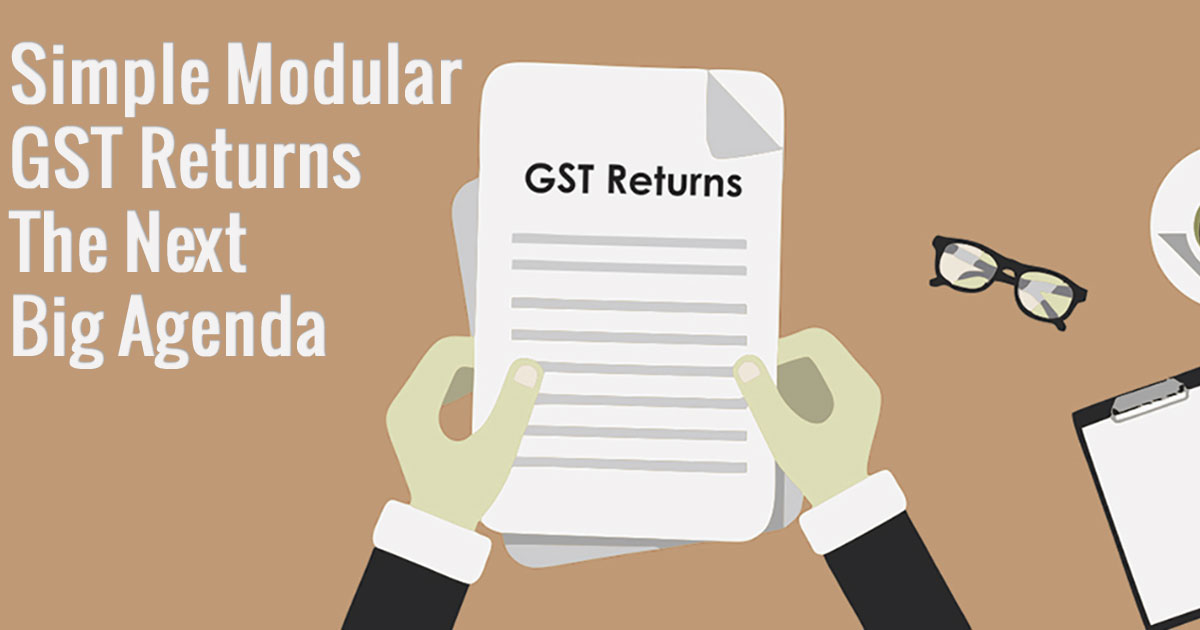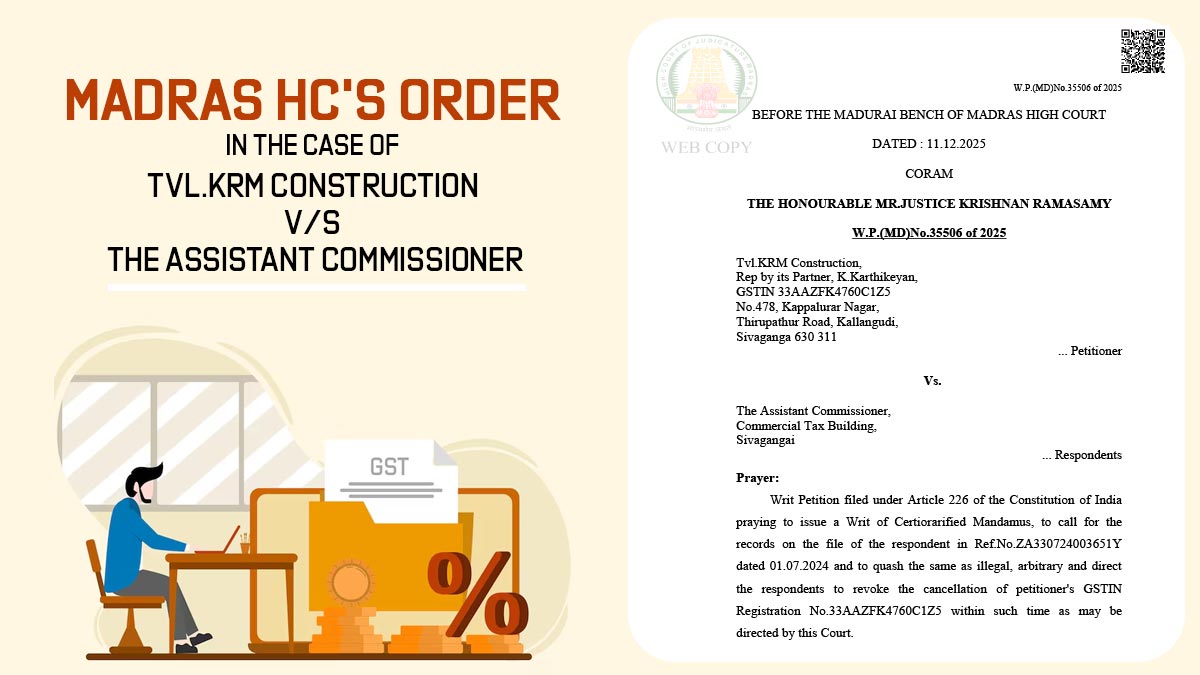On Tuesday, The Finance Secretary Hasmukh Adhia assured that the GST is now way past its troubled teething stage. Just a month ahead of its 1st anniversary, GST has now entered a smooth phase with increased tax compliance. The Finance Secretary believes that post surviving the initial roadblocks, the next goal on the list is to simplify GST return forms.
The GST was rolled out on July 1, 2017, and was touted as India’s second tryst with destiny. While many termed it as One Nation One Tax, on paper it took a complex form of indirect taxation with multiple tax-slabs. 28 per cent being the highest.
Dr Adhia shared that there is now more than 1.11 crore registered businesses under GST. Furthermore, tax compliances have increased by manifold since July 2017. The Government expects 96% return files and tax compliance in upcoming months.
While addressing the media on one year of GST. Dr Adhia pointed out various benefits of GST provisions.
The benefits include:
- GST Subsumed a wide plethora of taxes
- Eliminated the burdening cascading tax provisions
- No more inspector raj post-e-Way Bill
- Greater Taxpayer Base
- Peer to Peer E-Filing
- Anti-Profiteering
- Increased Tax Compliances
Dr Hasmukh Adhia, who also holds the office of the Revenue Secretary, said,” initial Glitches are over and GST is in its smooth phase now. Of course, for any new system, there will always be initial glitches. These glitches were also mainly on account of lack of information and so the moment information gap was removed, people felt more comfortable.
The Road Ahead
The primary focus of the GST Council and the Tax Officials for the second year of GST would be on the introduction of a single page modular and user-friendly return form.
“This year’s main agenda would be to implement the new and simple system of filing of returns,” he said.
The True Objective
A major reason that echoed across political and media circles during the introduction of GST was that it would formalize the economy. However, one year down the line, the economy it seems is plagued by the same default issues. On this Dr Adhia said that tax compliance has increased post GST.
Post-GST more than 40% of new taxpayers have registered under GST. But 25% of the registered businesses under GST have zero tax liability. This affects timely compliance. With minimum penalty provisions, most of these 25% zero-rated taxpayers do not stick to their return filing dates. This shows up in compliance data too. There is only a delay in compliance.
Recommended: Download Free Trial of Gen GST Software for E-Filing, E Way Bill & Billing
He further questioned, “Pre-GST there were about 60-65 lakh businesses who were migrated and the remaining (nearly 48 lakh) are all new. So this many new dealers or businesses coming into the tax net, and that percentage wise is quite high. If it is not formalization, what is it?”
There has been a steady increase on compliance over a certain period of time. “It (percentage of return filed) keeps on increasing over a period. So compliance is pretty good now,” the Secretary said.
The One Page Return Form and The Return Software
The proposed One Page return form will be modular by design. It will have two sections. The first section would be for tax liabilities and ITC claims. Whereas the second section would be for filling invoice details in a tabular manner for B2B (business to business). The design of the simplified form was approved during the last GST Council meeting held on May 4. In the same meeting, it was decided that the GSTR-3B summary return and GSTR-1 sales return would be continued for the next 6 months.
Stressing on the modular nature the Finance Secretary said,”So if you are B2C (business to consumer), then many of the sections (in return form) will not open for you at all. If B2C, then only one form will open, a small table. It will be user-friendly”.
The Revenue Secretary further revealed plans of launching a new return software during the second phase. The new return will enable invoice-wise data upload as well as making self-declared ITC Claim. The software will automatically alert the dealer about the difference between the credit claims made by him/her and the credit due as per invoices shared by the seller.
Read Also: ITC and GSTR 3B-2A Data Mismatch Brings Notice To The Taxpayers
Post six months into this practice, the government will do away with provisional credit claims and ITC claims will be made as per invoice data uploaded by the seller.










